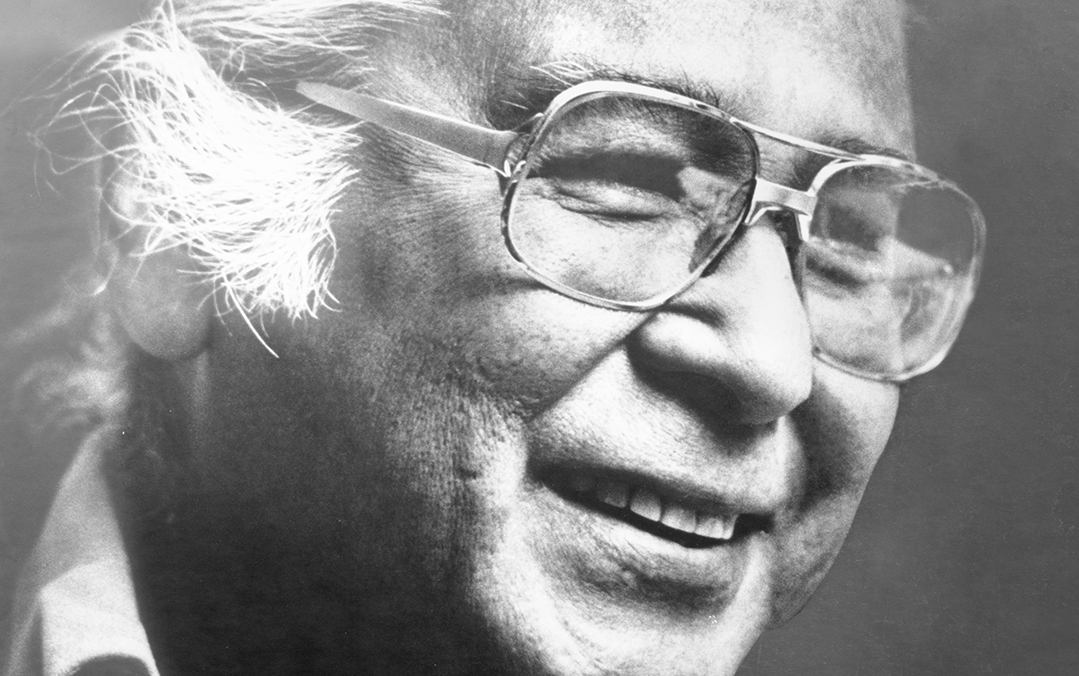
Tsate Kongia: Walking in Two Worlds, the story of Blackbear Bosin
(1921-1980, Kiowa-Comanche)
When Blackbear Bosin passed into the spirit world, in 1980, he had achieved international recognition as one of the most important American Indian painters of the 20th century. During his lifetime his paintings were collected by both preeminent museums and fine art collectors throughout the world, He was invited to the White House, France and featured in National Geographic. He designed a 44ft tall cor-ten steel sculpture “Keeper of the Plains” that remains the iconic emblem of the city of Wichita and was one of the founding members of an urban American Indian cultural center, the Mid-America All-Indian Center.
However, Bosin began his life like many other American Indian children during the early 20th century, spending early developmental years in the traditional life of his culture and, beginning at six years old, the duration of his childhood in Indian boarding school. He never allowed his disdain of those boarding school years to keep him from recognizing the elementary art classes that fostered the talent that would guide him and give him purpose throughout his life. As a young man, he became part of the first generation to leave Indian Country for urban life, during the World War II years, ultimately leading to permanent social changes for both Indian and non-Indian culture. While he often stated that in those early years painting was better that “pickin’ cotton on the farm” you immediately get the sense that his ambition is a much deeper mission, continuing throughout his life, to regain those lost years of his childhood.
When he arrived in Wichita, there was very little interest in Indian art and Bosin once stated he had to create a market where one didn’t exist. He was part of the very closely bonded American Indian community in Wichita, but without the influence of his contemporaries, led to a style of painting that is unique and immediately recognizable as Bosin. Deviating from the path of his predecessors’ and peers, he left behind the flat style painting of subjects moving through negative space and instead began illustrating emotionally charged images of American Indian life. Bosin’s influence in American Indian art continues to be seen in emerging artists today and his original works are still one of the most sought after amongst collectors of Indian art. Bosin’s art is so powerful and continues to move us today because he created surreal images of traditional Indian life that captures both the past and present weaving them together as if they exist simultaneously just out of our view of reality.
